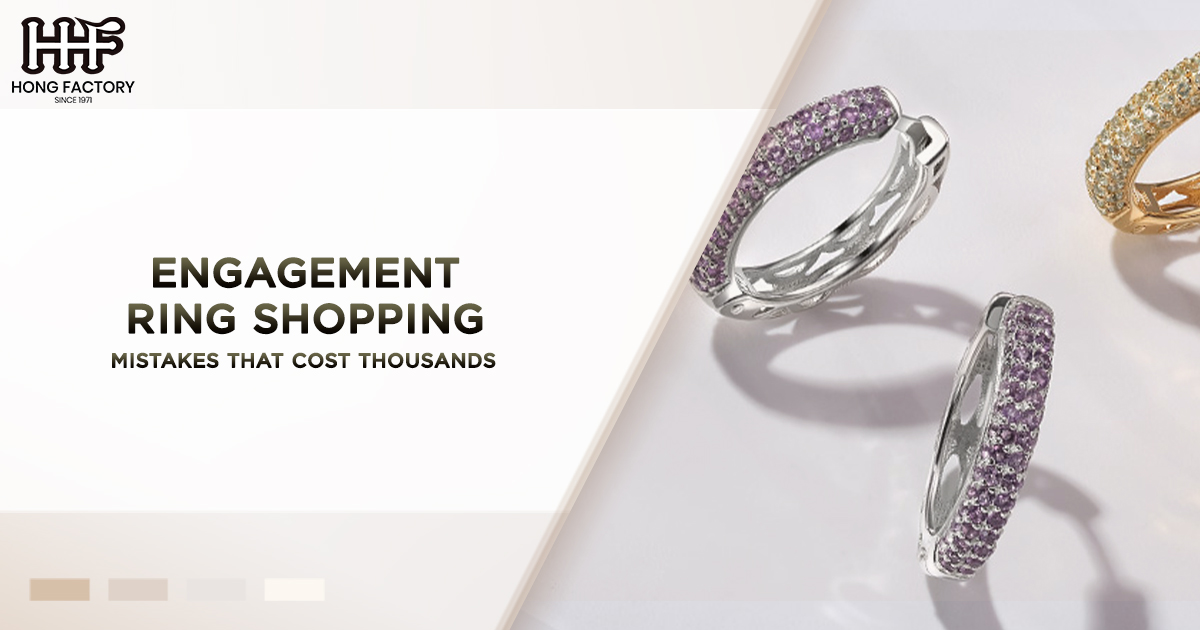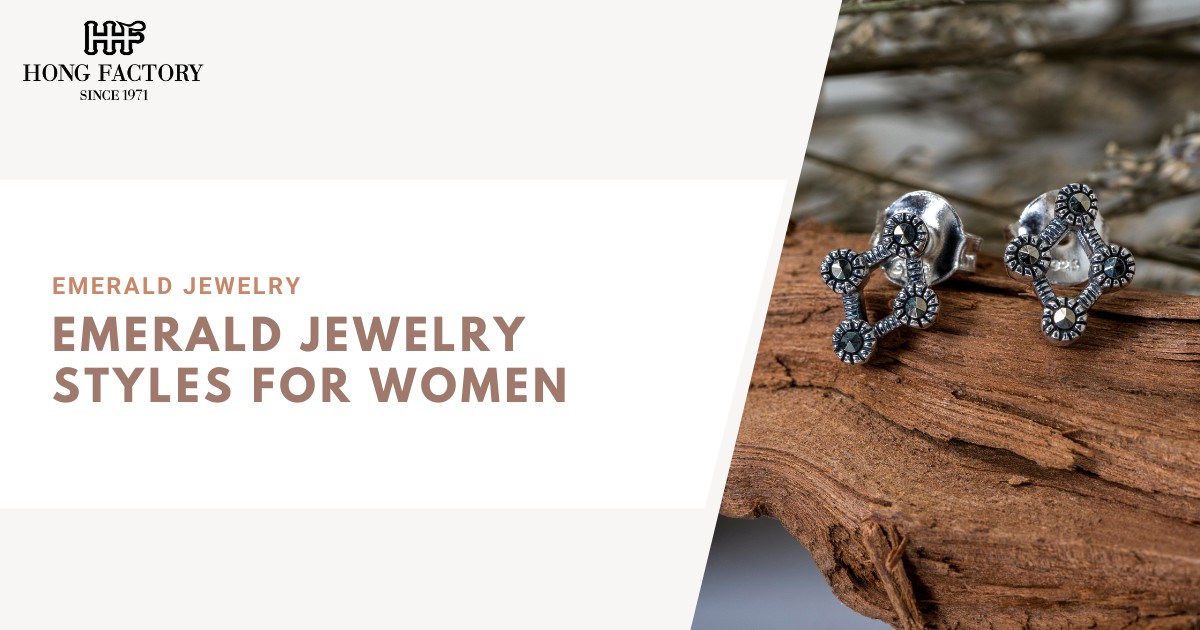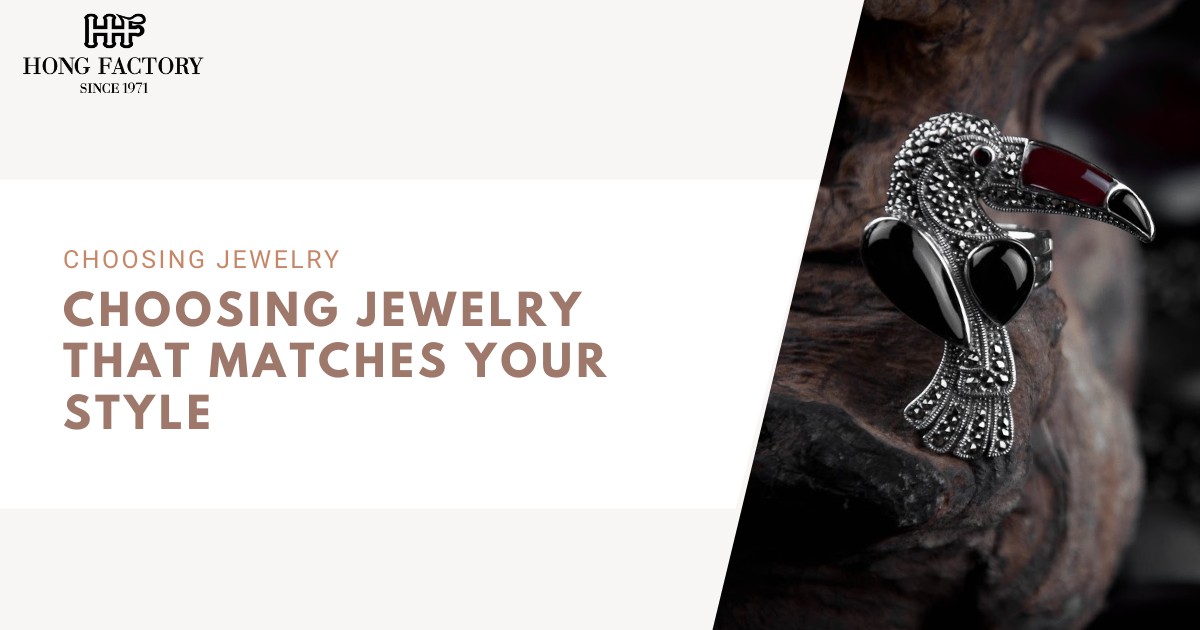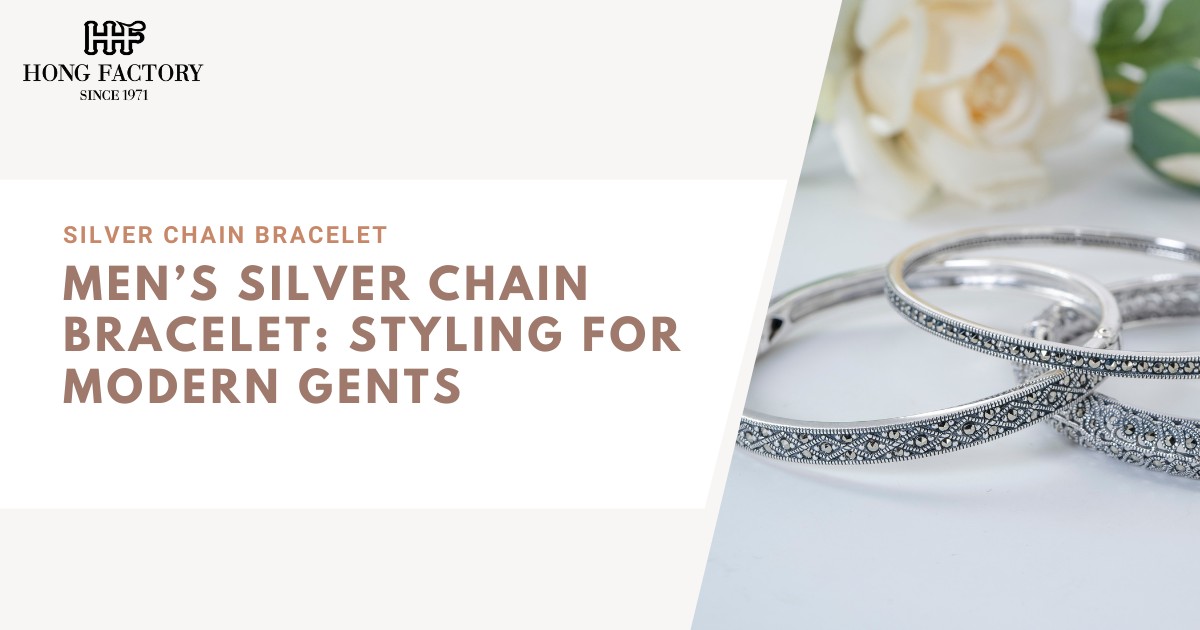Engagement ring shopping is an exciting milestone in anyone’s life, but it can also be a daunting process. Between setting a budget, navigating diamond shopping, choosing the perfect design, and aligning everything with your proposal planning, there’s a lot to consider. Small missteps can lead to costly mistakes—sometimes thousands of dollars worth. To ensure your journey is smooth and within budget, here’s a comprehensive guide to avoid common pitfalls and make informed decisions.
Budget Tips – Laying the Financial Groundwork
Establishing a budget is essential when shopping for engagement rings. A lack of preparation in this area is one of the most common reasons people overspend. Below are key tips to help you stay financially savvy :
1. Set a Realistic Budget
Forget outdated “rules” like spending the equivalent of three months’ salary. Instead, determine a figure that aligns with your current financial situation and future goals. Strive for a balance between getting a meaningful ring and not jeopardizing your financial health.
- Consider upcoming expenses like the wedding, honeymoon, or a new home.
- Be honest about the funds available to you without relying on loans or credit cards.
2. Research Pricing Beforehand
Engagement rings vary widely in cost depending on the cut, clarity, carat, and setting. Before hitting the stores, familiarize yourself with price ranges :
- Diamond Quality : A one-carat diamond can range from $2,000 to over $20,000 depending on its clarity and cut.
- Ring Setting : Complex settings or custom designs add to the cost. Understand how much of your budget will go toward the setting versus the diamond.
3. Get Pre-Approved for Financing (If Necessary)
If you decide to finance the ring, get pre-approved before stepping into a store. This ensures you have clear boundaries and don’t impulsively agree to payments beyond your means. Look for financing plans with low-interest rates and avoid high monthly commitments.
Common Mistakes to Avoid – Learning From Others’ Experience
Shopping for an engagement ring can feel overwhelming, and many buyers fall into the same traps. By identifying these mistakes up front, you can avoid costly errors.
1. Not Knowing Your Partner’s Preferences
One of the biggest and most expensive mistakes is purchasing a ring your partner doesn’t love. Listen for hints about their favorite styles, or ask close friends or family members for advice.
- Do they prefer a solitaire or a halo setting?
- Are they drawn to vintage designs or modern flair?
- Do they like white gold, yellow gold, or platinum?
Pro Tip : Sneak a peek at their jewelry collection to gauge their taste.
2. Ignoring the 4 Cs of Diamonds
Understanding the basics of cut, clarity, carat, and color is crucial when diamond shopping. Many buyers focus solely on carat size, overlooking other factors like sparkle (cut) or visible flaws (clarity).
- Cut : A well-cut diamond reflects light beautifully and can make even smaller stones appear more impressive.
- Clarity : Opt for a slightly lower clarity grade if flaws are microscopic; this won’t impact the diamond’s appearance but can save you thousands.
- Carat : Don’t fixate on round numbers like “1 carat.” A diamond weighing 0.9 carats often looks the same but costs significantly less.
- Color : Consider near-colorless diamonds (G-H range) instead of perfectly colorless stones to save money.
3. Skipping Certifications
Never purchase a diamond without verifying its quality through a certification from a reputable gemological laboratory like GIA or AGS. Non-certified stones may lack the quality advertised and recovering your money may not be possible after the purchase.
4. Falling for High-Pressure Sales Tactics
Some jewelers push buyers into overspending or purchasing unnecessary extras. Stay firm on your budget and take time to think through your choices.
Selection Guide: Choosing the Perfect Ring
Finding the right ring is an art. It involves balancing personal style, gemstone qualities, and craftsmanship. Here’s how to make sure your selection process is a success.

1. Learn About Diamond Alternatives
Diamonds aren’t your only option. Alternatives like moissanite, sapphire, or lab-grown diamonds are more affordable while still offering stunning brilliance.
- Lab-Grown Diamonds : These are chemically identical to mined diamonds but cost 20-30% less.
- Moissanite : This gemstone is nearly indistinguishable from diamonds and significantly cheaper.
- Colored Stones : If your partner loves vibrancy, consider sapphires, emeralds, or rubies.
2. Choose a Practical Setting
The setting determines how well a diamond is displayed and how durable the ring is :
- Prong Setting : A classic option that emphasizes the diamond’s size.
- Halo Setting : Adds sparkle with smaller stones surrounding the center diamond.
- Bezel Setting : Offers security by encasing the diamond in metal—perfect for those with active lifestyles.
3. Consider Customization
Custom-designed rings allow you to create a one-of-a-kind symbol of love. While this option can be pricier and take longer to produce, many couples find the personal touch invaluable.
4. Always Compare Options
Visit multiple jewelers and online retailers to compare designs, prices, and warranties. Online stores often offer lower prices due to reduced overhead costs. However, verify the retailer’s reputation by checking reviews and return policies.
Timing Advice – Planning the Right Moment
Timing plays a significant role in engagement ring shopping, from seasonal sales to proposal planning.
1. Start Shopping Early
Custom rings and certain designs can take weeks or even months to produce, so start looking well before your proposal date.
- Six months out: Begin browsing and decide on your budget.
- Three months out: Narrow your choices and place the order.
- One month out: Pick up the ring and double-check sizing.
2. Take Advantage of Seasonal Discounts
Jewelry stores often have sales during the following times :
- Black Friday and Cyber Monday : Expect major discounts on both physical and online stores.
- Holiday Sales : Jewelers offer deals during Christmas, Valentine’s Day, and Mother’s Day.
- June-August : Summer is an off-season for weddings, so some retailers may lower prices to encourage sales.
3. Factor in Proposal Planning
Consider logistics when planning your proposal. For example :
- Traveling? Ensure the ring is insured and secure during transit.
- Outdoors? Choose a moment where the ring won’t risk being lost in a lake or dirt!
- Public Event? Make sure your partner is comfortable with a crowd before proposing in a busy area.
Final Thoughts – Making an Informed Choice
Engagement ring shopping doesn’t have to cost thousands more than necessary. By setting a realistic budget, avoiding common pitfalls, and understanding how to select the perfect ring, you’ll come away with a piece that both you and your partner will treasure for years.
Keep the experience stress-free by starting early, educating yourself, and staying true to what your partner would love. Most importantly, remember that the value of the ring isn’t just in its price—it’s in the love and commitment it represents.



